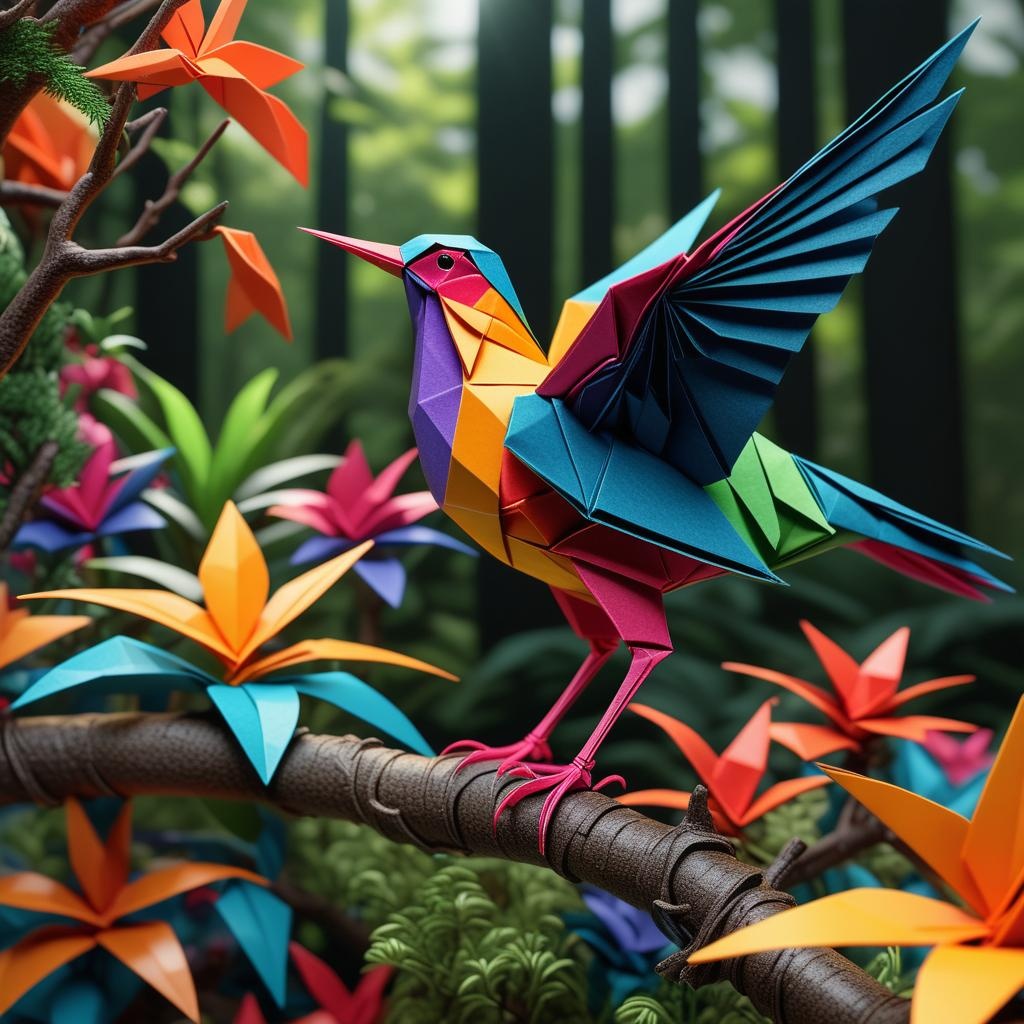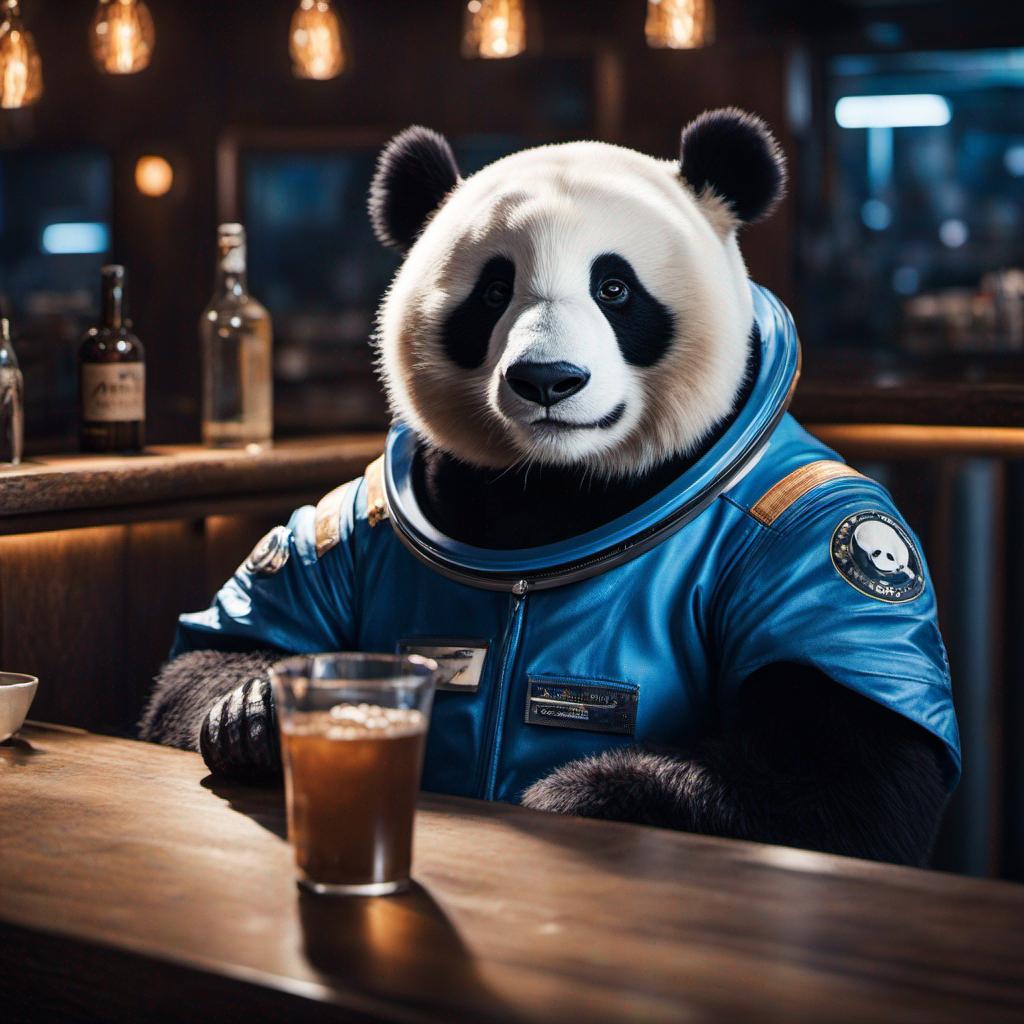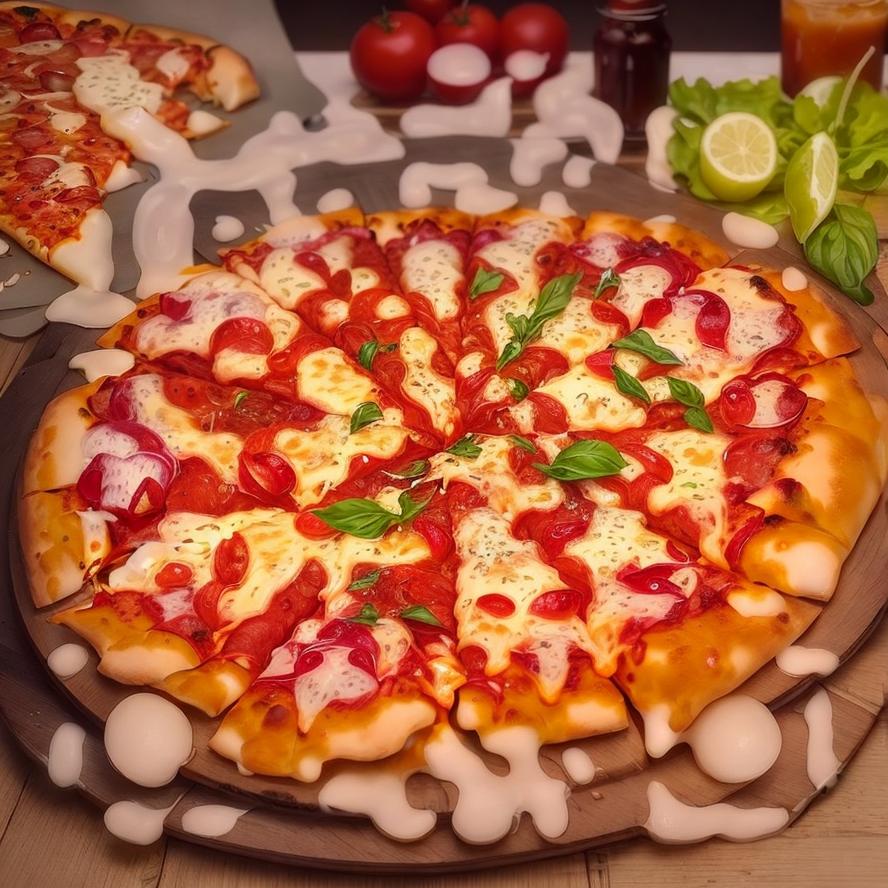PixelFlow allows you to use all these features
Unlock the full potential of generative AI with Segmind. Create stunning visuals and innovative designs with total creative control. Take advantage of powerful development tools to automate processes and models, elevating your creative workflow.
Segmented Creation Workflow
Gain greater control by dividing the creative process into distinct steps, refining each phase.
Customized Output
Customize at various stages, from initial generation to final adjustments, ensuring tailored creative outputs.
Layering Different Models
Integrate and utilize multiple models simultaneously, producing complex and polished creative results.
Workflow APIs
Deploy Pixelflows as APIs quickly, without server setup, ensuring scalability and efficiency.
Stable Diffusion QR Code Generator
Introducing the Segmind Stable Diffusion QR Code model, a revolutionary tool that integrates artistic elements with functional QR codes. Built on the Stable Diffusion 1.5 ControlNet framework, this model provides the opportunity to generate visually appealing and highly creative QR codes through the use of prompts. Leveraging ControlNet's prowess, it enables the manipulation of various output aspects such as expressions, poses, and compositions. This adds an aesthetic appeal to the standard QR code without compromising its functional utility.
Technically, the Segmind Stable Diffusion QR Code model is rooted in the advanced architecture of Stable Diffusion 1.5 ControlNet. It uses image pairs – specifically QR codes and art – to train the model, essentially extending the UNET module. ControlNet distinguishes itself with its unique neural network structure, where it utilizes a "locked" copy and a "trainable" copy of the neural network blocks. The "trainable" copy learns your conditions, while the "locked" copy maintains the integrity of your original model. Large diffusion models like Stable Diffusion can be enhanced with ControlNets to accept conditional inputs like edge maps, segmentation maps, keypoints, and more.
The Segmind Stable Diffusion QR Code model's advantage lies in its ability to generate artistic QR codes that not only serve their purpose but also act as a unique visual element. It captures user attention and guides them to interact with the code, thereby enhancing user experience. As such, it adds a new dimension to the conventional use of QR codes, transforming them into attractive and interactive elements that also serve a practical purpose.
How to use QR codes?
QR codes, or Quick Response codes, encode data such as text, URLs, or other information in a pattern of black and white squares. Good practices when using these codes include adding a dotted line around the scannable area with prompts such as "scan me" or including "QR" above the square in a noticeable yet unobtrusive manner. This helps guide the user, making the experience intuitive and engaging.
Stable diffusion QR code use cases
Artistically designed QR codes can add an aesthetic element to functional design while enabling a range of creative applications. Here are some good use cases for artistically designed QR codes:
-
Business Cards: An artistically designed QR code can be included on a business card. Scanning the code can take the user to the person's website, portfolio, or LinkedIn profile, offering a creative and digital extension of professional networking.
-
Art Installations/Exhibitions: Artists can use customized QR codes as part of their installations or beside their artworks in exhibitions. These codes can link to additional content like the artist's statement, process videos, or other works, deepening the viewers' engagement with the art.
-
Restaurants: QR codes on menus have become popular, particularly in the context of pandemic safety measures. A well-designed QR code can enhance the aesthetic of the menu while providing practical functionality like linking to the full menu, specials, or even facilitating the ordering process.
-
Product Packaging: QR codes on product packaging can link to additional product information, tutorials, or promotional offers. Making the code part of the design, rather than just a functional add-on, can improve the overall look and feel of the packaging.
-
Events and Concerts: QR codes can be used for digital tickets, programs, or to link to additional content like artist bios, event details, maps, or merchandise sales. A well-designed QR code can add to the visual branding of the event.
-
Murals and Street Art: An artistically designed QR code can be included in murals or other forms of street art. The code can link to more information about the artist, the artwork, related works, or even provide a platform for donations to the artist.
-
Fashion: Fashion designers can incorporate QR codes into their clothing designs, which could link to the designer's other collections, tell the story behind the design, or provide care instructions.
-
Educational Resources: For museums, zoos, botanical gardens, etc., QR codes can link to additional educational resources. This can include more detailed information about exhibits, interactive learning opportunities, or ways to get involved in conservation efforts.
-
Marketing Campaigns: Businesses can use customized QR codes as part of their marketing campaigns. For example, they could create a scavenger hunt where each QR code links to a clue, or the code could link to exclusive digital content, discounts, or rewards.
-
Real Estate: QR codes can be included on real estate signage or flyers. The codes could link to virtual tours, additional property details, or the realtor's contact information.
Stable diffusion QR code license
The model is licensed under the CreativeML Open RAIL-M, which advocates for the open and responsible use of AI models. It grants IP rights similar to permissive open-source licenses but also imposes use-based restrictions to prevent potential misuse. Even derivative versions of the model are required to include these restrictions. The license therefore aims to strike a balance between open AI development and responsible use, fostering ethical progress in AI research and application.
Other Popular Models
sdxl-img2img
SDXL Img2Img is used for text-guided image-to-image translation. This model uses the weights from Stable Diffusion to generate new images from an input image using StableDiffusionImg2ImgPipeline from diffusers

sdxl-controlnet
SDXL ControlNet gives unprecedented control over text-to-image generation. SDXL ControlNet models Introduces the concept of conditioning inputs, which provide additional information to guide the image generation process

sadtalker
Audio-based Lip Synchronization for Talking Head Video

sdxl1.0-txt2img
The SDXL model is the official upgrade to the v1.5 model. The model is released as open-source software

